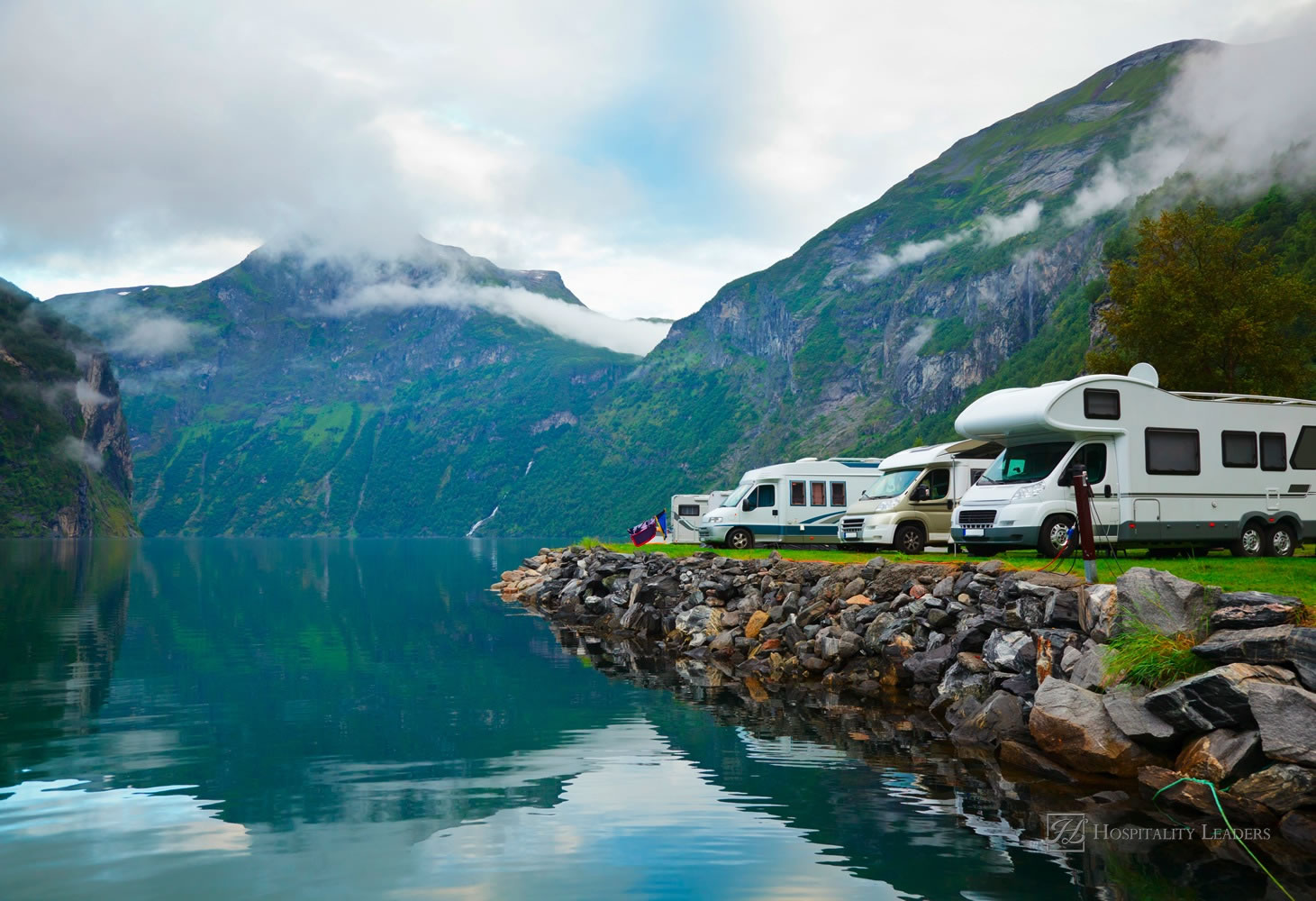
Synopsis
The report provides detailed market analysis, information and insights, including:
– Historic and forecast tourist volumes covering the entire Norway travel and tourism sector
– Detailed analysis of tourist spending patterns in Norway
– The total, direct and indirect tourism output generated by each category within the Norway travel and tourism sector
– Employment and salary trends for various categories in the Norway travel and tourism sector, such as accommodation, sightseeing and entertainment, foodservice, transportation, retail, travel intermediaries and others
– Detailed market classification across each category with analysis using similar metrics
– Detailed analysis of the airline, hotel, car rental and travel intermediaries industries
Summary
The performance of the travel and tourism sector in Norway has strengthened after a slowdown in 2009 due to the global financial crisis. The country has recorded an increase in the number of visitors, both domestic and international, and expenditure by tourists. The relatively stable state of the economy, promotional activities by the tourism authority and the hosting of international events supported?this growth. Tourism has a significant role to play in the Norwegian economy in terms of contributions to GDP and employment. According to the World Travel and Tourism Council, tourism contributed 6.2% to Norway?s total GDP and accounted for 8.4% of total employment in 2012.
Scope
This report provides an extensive analysis related to tourism demands and flows in Norway:
– It details historical values for the Norway tourism sector for 2008?2012, along with forecast figures for 2013?2017
– It provides comprehensive analysis of travel and tourism demand factors with values for both the 2008?2012 review period and the 2013?2017 forecast period
– The report provides a detailed analysis and forecast of domestic, inbound and outbound tourist flows in Norway
– It provides employment and salary trends for various categories of the travel and tourism sector
– It provides comprehensive analysis of the trends in the airline, hotel, car rental and travel intermediaries industries with values for both the 2008?2012 review period and the 2013?2017 forecast period
Key Highlights
– Tourism has a significant role to play in the Norwegian economy, both in terms of contribution to GDP and to employment. Total tourism output in Norway reached NOK136.0 billion (US$23.4 billion) in 2012.
– According to the World Economic Forum?s Travel and Tourism Competitiveness Report 2013, which ranks 140 countries, Norway was 22nd in terms of overall travel and tourism competitiveness, and 10th, both in terms of safety and security, and tourism infrastructure. Key features of Norway?s tourism offerings include the country?s distinctive landscapes, attractive destinations such as Oslo, Bergen, Jostedalsbreen and Lofoten, and unique natural phenomena.
– Domestic tourist volume declined from 14.5 million trips in 2008 to 13.3 million trips in 2012. However, it is expected that the volume will expand over the forecast period, recording a CAGR of 1.03% to reach 14.0 million by 2017. Domestic demand will be mainly driven by strong economic growth and government initiatives to promote tourism in the country. Over the forecast period, domestic tourist expenditure is expected to increase at a CAGR of 5.14% to reach NOK52.2 billion (US$9.0 billion) by 2017.
– A solid expansion in inbound tourism occurred during the review period, as the number of international arrivals increased from 4.3 million in 2008 to 5.1 million in 2012, at a CAGR of 4.04%. International arrivals rose by 9.7% in 2010 and a further 4.1% in 2011, compared to the slight decline of 0.02% posted in 2009. It is expected that inbound tourist volumes will continue to increase over the forecast period, at a CAGR of 3.80%. International arrivals will be mainly driven by improved economic conditions in Norway?s key source countries and government initiatives to promote Norwegian tourism in Europe and other parts of the world.
– To cater to the rising demand for air travel, Avinor has announced investments worth NOK37 billion for the 2014?2023 National Transport Plan period to improve infrastructure in Norway. Two of the largest projects in the plan include the NOK12.5 billion Terminal 2 project at Oslo Airport, and the NOK4 billion new terminal at Bergen Airport.
– Despite the decline in 2009, the Norwegian hotel market expanded at a CAGR of 1.96% during the review period. In 2009, hotel revenue declined by 4.8%, due to the weak economic conditions globally. However, with the improvements in economic conditions, the hotel market recovered, growing at a rate of 4.2% in 2010 and 5.8% in 2011. The overall growth in revenue during the review period can be attributed to the large domestic and inbound tourist volumes. Over the forecast period, total revenue is expected to increase at a CAGR of 3.51% to reach NOK26.2 billion (US$4.5 billion) by 2017, in line with the steady rise in tourism volumes.
– The majority of car rentals are made at non-airport locations, and these accounted for 54.97% of total car rental market value in 2012. At the end of the forecast period, the contribution of non-airport car rentals is expected to decrease slightly to 53.70% in 2017.
– Revenue for travel intermediaries is anticipated to increase at a CAGR of 5.55% to reach NOK48.2 billion (US$8.3 billion) in 2017, driven by an increase in leisure travel, rising business and conference-related travel. The online travel channel?s share of the travel intermediaries market is expected to increase from 46.77% in 2012 to 60.39% in 2017. Consequently, the in-store channel?s market share is expected to fall from 53.23% in 2012 to 39.61% in 2017.
Click here to read more.

